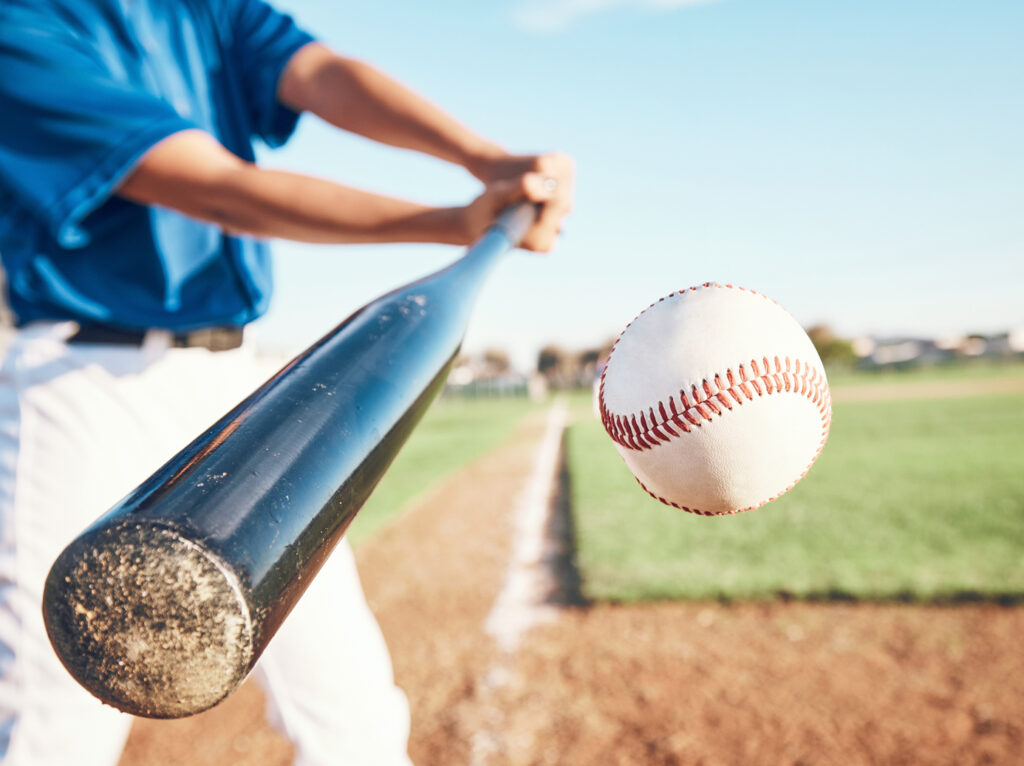Improving Core Strength with Physical Therapy
Improving Loading and Core Strength for Baseball Players
Home » Improving Core Strength with Physical Therapy

Loading and Improving Core Strength
Improving Core Strength for High School Baseball Players through Outpatient Physical Therapy
Outpatient physical therapy provides a specialized and individualized approach to enhancing core strength, a crucial element for high school baseball players. The core, which includes muscles such as the abdominals, obliques, lower back, and hips, is essential for producing power during throwing, hitting, and fielding. Weak or unbalanced core muscles can lead to inefficient movements and increase injury risk. Physical therapists are skilled in identifying these weaknesses and creating targeted exercises that promote core stability and strength, helping athletes generate power while minimizing injury risk.
Loading and Abdominal Strength
Baseball involves significant rotational movements during both throwing and hitting, placing unique demands on the core. In outpatient physical therapy, rotational exercises like medicine ball throws and resistance band twists are incorporated to improve an athlete’s ability to transfer energy from the lower body to the upper body. These exercises help players improve the efficiency of their movements, allowing for better loading and unloading during play. As a result, a high school baseball player can throw harder and hit with more power by enhancing their rotational strength and mechanics.
Beyond rotational movements, physical therapy also emphasizes dynamic stability to ensure athletes can control their bodies during rapid, high-energy movements. Baseball often requires sudden changes in direction, such as when fielding a ball or running the bases. A strong and stable core is crucial for maintaining balance during these activities. Outpatient physical therapy may include exercises like planks, single-leg stability work, and balance drills to strengthen the athlete’s ability to maintain control during challenging movements. This improved stability helps players move more fluidly and efficiently on the field.
Generating Force with Proper Body Mechanics
Loading, or generating force through proper body mechanics and muscle engagement, is another key area addressed in physical therapy. Baseball players need to properly engage their core muscles during actions like squatting, lunging, and rotational movements, which are essential for throwing and hitting. Physical therapists teach athletes proper form and techniques for these movements to ensure they are maximizing power from their lower body. Improved loading mechanics enable players to generate more power in their throws and swings, leading to better performance while reducing injury risks from improper movement patterns.
Lastly, outpatient physical therapy plays an important role in injury prevention for high school baseball players. Strengthening the core and improving loading mechanics can significantly lower the likelihood of common injuries, particularly in the back and shoulders. Physical therapists also provide education on proper warm-ups, stretches, and recovery strategies to keep the core muscles functioning optimally throughout the season. This comprehensive approach not only enhances performance but also helps protect young athletes from long-term injuries as they continue to develop their skills.







